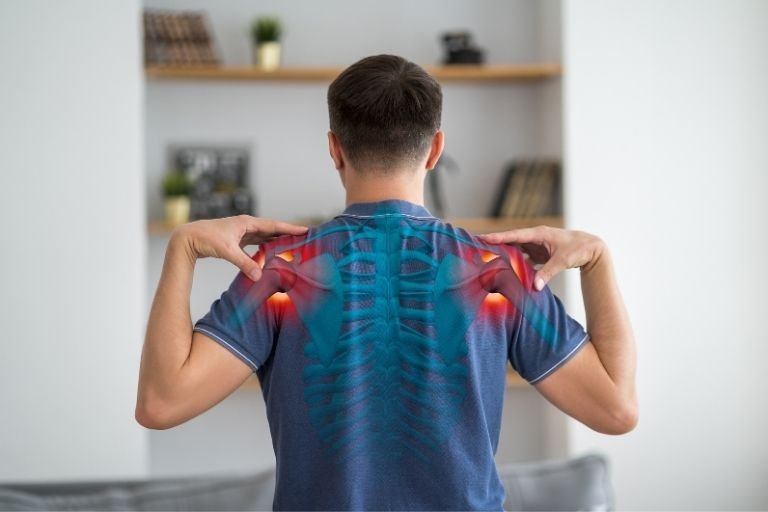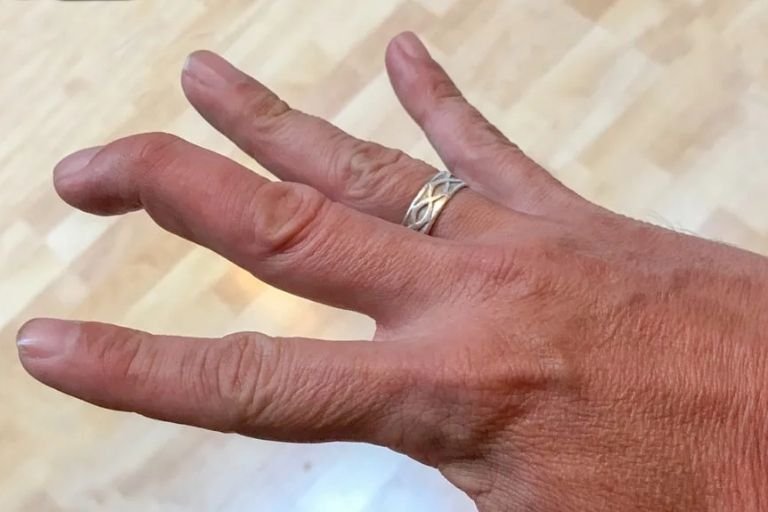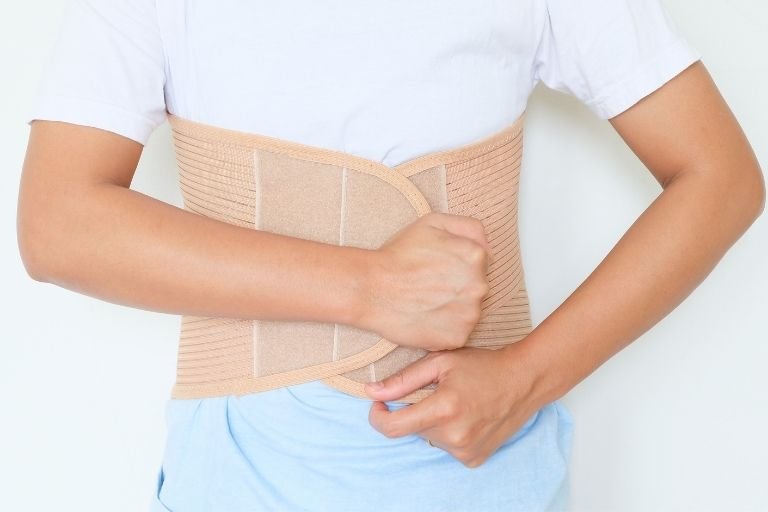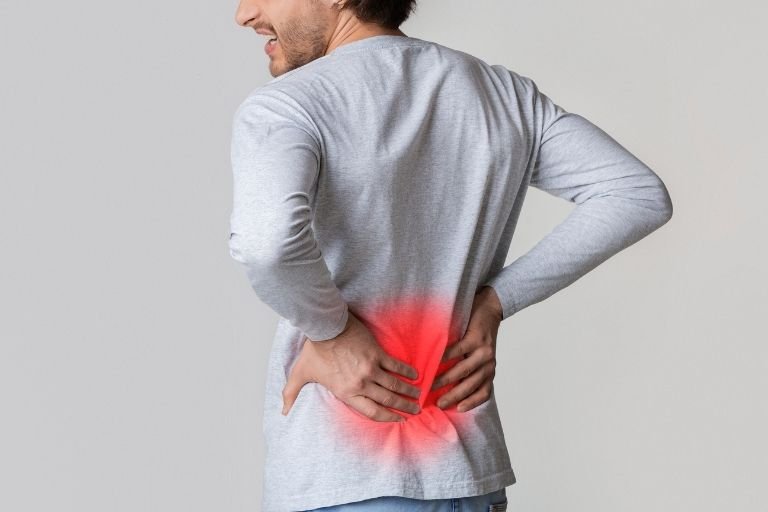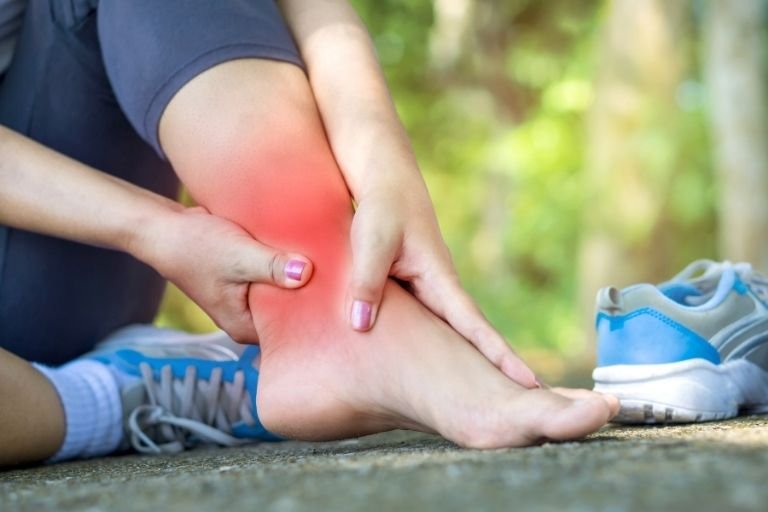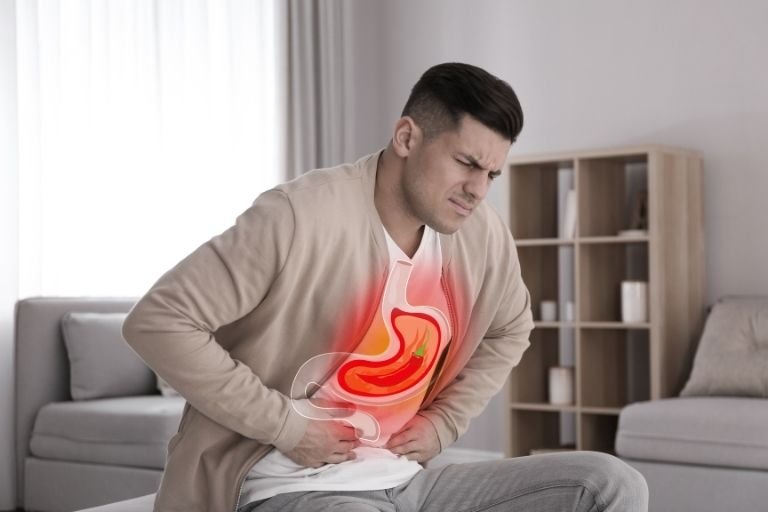- Fitwell Physiotherapy
Ankylosing Spondylitis

Ankylosing spondylitis (AS) is a chronic inflammatory disease primarily affecting the spine, causing pain, stiffness, and potentially leading to fusion of the vertebrae. Here’s a comprehensive overview covering symptoms, causes, when to see a physiotherapist, risks, prevention, and treatments for this condition:
Please submit your details below.
Symptoms:
- Back Pain: Persistent pain and stiffness in the lower back and buttocks, often worsening at night and in the morning.
- Stiffness: Gradual onset of stiffness and decreased mobility, particularly in the spine.
- Pain in Other Joints: AS can also affect other joints such as the hips, shoulders, and knees.
- Fatigue: Chronic inflammation can lead to fatigue and general discomfort.
- Reduced Chest Expansion: Difficulty breathing deeply due to reduced flexibility in the rib cage.
Causes:
The exact cause of AS is still not fully understood, but it is believed to involve a combination of genetic and environmental factors. The HLA-B27 gene is strongly associated with AS, but not everyone with this gene develops the condition. Environmental triggers such as infections may also play a role in initiating the inflammatory process.
When to See a Physiotherapist:
It’s advisable to see a physiotherapist if you experience persistent back pain, stiffness, or reduced mobility, especially if these symptoms interfere with your daily activities. Physiotherapy can help improve flexibility, reduce pain, and prevent further complications.
Risks:
- Complications with Mobility: Without proper management, AS can lead to severe stiffness and fusion of the spine, resulting in limited mobility.
- Eye Inflammation: Some individuals with AS may develop inflammation in the eyes (uveitis), which can cause pain, redness, and sensitivity to light.
- Compression Fractures: Long-term inflammation and structural changes in the spine can increase the risk of compression fractures.
How to Prevent:
While the development of AS cannot always be prevented, certain lifestyle modifications may help reduce the risk of complications and manage symptoms:
- Regular Exercise: Engage in exercises that promote flexibility, strength, and posture, such as swimming, yoga, and stretching.
- Quit Smoking: Smoking has been linked to an increased risk of developing AS and can worsen symptoms.
- Maintain a Healthy Weight: Excess weight can strain the spine and exacerbate symptoms.
Treatments:
- Medications: Nonsteroidal anti-inflammatory drugs (NSAIDs) are often prescribed to reduce inflammation and relieve pain. In severe cases, biologic medications targeting specific immune pathways may be recommended.
- Physiotherapy: A tailored exercise program supervised by a physiotherapist can help improve flexibility, strength, and posture.
- Surgery: In rare cases where AS leads to severe spinal deformity or compression of nerves, surgery may be necessary to correct the alignment of the spine.
- Pain Management: Techniques such as heat therapy, cold therapy, and transcutaneous electrical nerve stimulation (TENS) can provide temporary relief from pain and stiffness.
Managing ankylosing spondylitis requires a comprehensive approach involving medication, lifestyle modifications, and regular monitoring by healthcare professionals. Early diagnosis and intervention are key to preventing long-term complications and improving quality of life for individuals with AS.
Frequently Asked Questions
Diagnosis often involves a combination of medical history, physical examination, imaging tests such as X-rays and MRI scans, and blood tests to check for inflammation and the presence of the HLA-B27 gene. A rheumatologist, a doctor specializing in arthritis and related conditions, usually makes the diagnosis.
Related Conditions
How Fitwell Physiotherapy Can Help?
Dr. Richa’s Fitwell physiotherapy has an extensive team of physiotherapists all within their own specialist areas of physiotherapy. Whatever your condition, we guarantee that we will have the best physiotherapist for you. We assess, diagnose, plan, cure and care for you.
Fitwell Physiotherapy Clinic, Pune provides you best physiotherapy treatment in Kharadi, pune. We also serve Chandan Nagar, Vadgaon Sheri, Keshav Nagar, Wagholi & nearby Areas in Pune. We are experts in treating Neck Pain, Hand Pain, Back Pain, Lower Back Pain, Knee Pain, Stiff Neck, Sciatica, Arthritis, Stroke Paralysis & Post Surgical Rehab.
We provide Specialized physiotherapy treatments in Sports Injuries, Pre and post Surgery, Neurologic, Pediatric, Chronic Pain/Fatigue, Rheumatology, Women’s Health, Men’s Health, Ergonomics, Vestibular, Amputees & all sort of Pain treatment and lifestyle conditions.






















